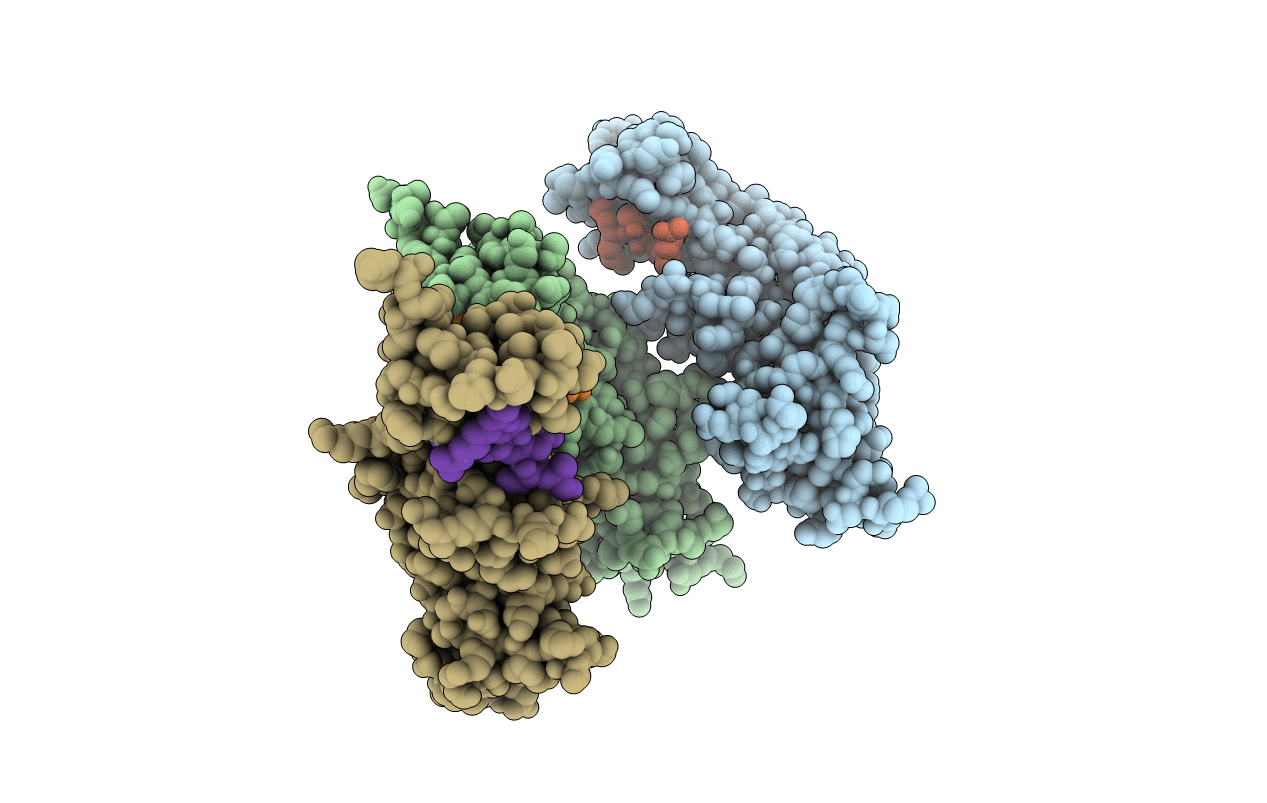
Deposition Date
2018-01-31
Release Date
2018-07-25
Last Version Date
2023-11-22
Entry Detail
PDB ID:
5Z8N
Keywords:
Title:
Crystal structure of Arabidopsis thaliana EBS C-terminal deletion construct in complex with an H3K4me2 peptide
Biological Source:
Source Organism:
Arabidopsis thaliana (Taxon ID: 3702)
Host Organism:
Method Details:
Experimental Method:
Resolution:
3.10 Å
R-Value Free:
0.25
R-Value Work:
0.21
R-Value Observed:
0.21
Space Group:
P 1 21 1


